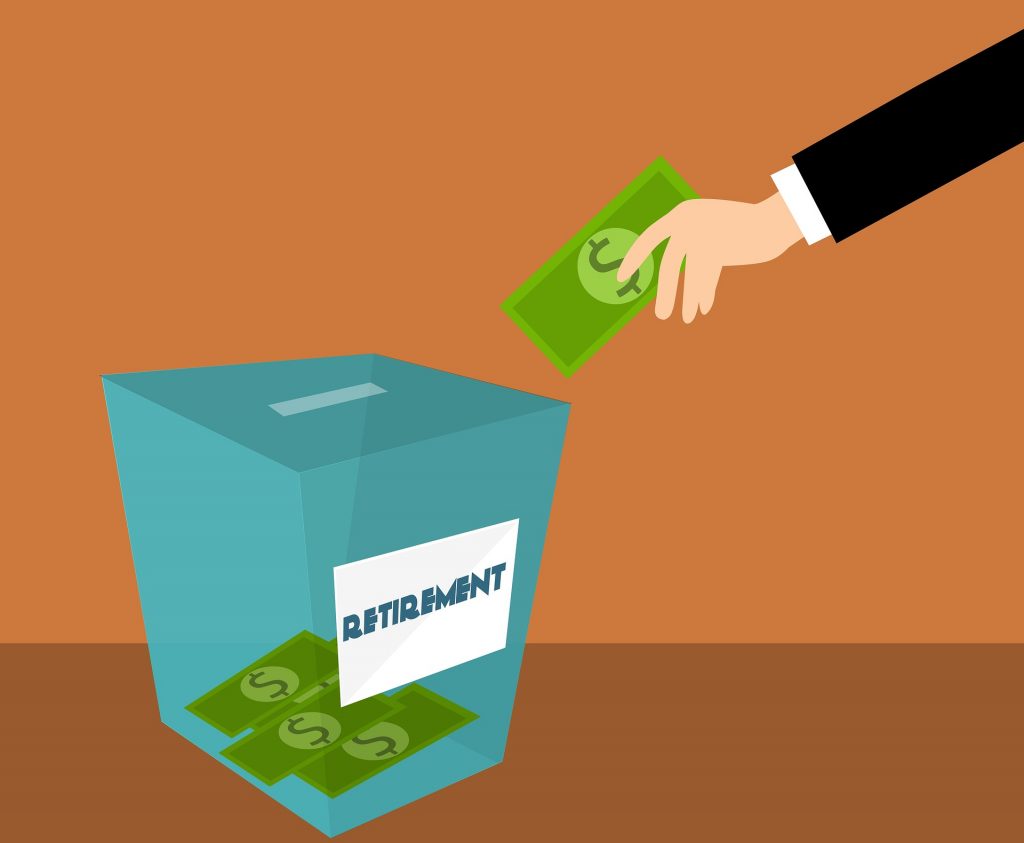Throughout the years, the fixed-rate 30-year mortgage has remained the most popular financing option for homes. This empowers Americans to own property pretty early in their lives, largely due to the affordability of the 30-year mortgage. With reasonable monthly payments, even young adults are able to easily afford living on their own property, while also enjoying the perks of an active social life.
And yet, what many Americans do not realize is that this seemingly helpful mortgage plan comes with its own share of pitfalls. This includes:
- A long, drawn-out payment period, with the initial years contributing more to the interest amount, than to the actual principal amount of your home.
- A high interest amount that is paid out over the 30-year plan.
In fact, many people find themselves making mortgage payments even years after their retirement, when they are more likely to feel its pinch.
For this reason, an increasing number of Americans have wizened up and found clever ways to reduce their mortgage period, while still keeping their interest rates and monthly payments at an affordable limit. Here are 5 simple tricks to help you make the switch.
Re-finance your current home loan
In the rush and excitement of owning your own property, chances are you took the first (or second/ third) 30-year bank loan you could afford, with minimal research. Now when you look deeper, you may be shocked to discover the high interest rate charged by this “affordable” loan. Fortunately, you can get out of this rut by re-financing your home loan after carefully considering all variables. This includes:
- Timeframe of the loan: With long-term loans (above 15 years), you end up paying a significant amount of interest, collected over the entire duration. With short-term loans (below 15-20 years), your monthly payments may be higher, but the interest is collected within the first few years. Following this, a larger contribution goes towards the actual principal amount of your property.
- Interest rate: You should consider re-financing of your mortgage, only when the lender is able to reduce your rate of interest by at least 1%. If not, the costs associated with re-financing may outweigh any benefits gained from it.
- Cost of re-financing: Most mortgage plans will have a penalty clause, which outlines the amount you pay if you do not last through the 30-year period. You will need to pay this amount off when you re-finance your mortgage. In some cases, the lender may wave off this amount, but only if you re-finance the loan with the same lender. Check all variables before you consider this option.
Redirect all unexpected savings, windfalls, and tax refunds towards your mortgage
Homeowners (and there’s more of them now because of the amazing economy because of lower taxes) have the option of making “extra” payments – beyond the expected monthly payments – towards your mortgage. The advantage of this option is that it is typically directed towards the principal amount, and not towards the interest.
In turn, this can reduce your mortgage period, also reducing the total interest amount you pay on the loan. So, try to make as many such extra payments as possible on a yearly basis.
These could come from a bonus at work, an unexpected inheritance amount, or even a tax refund at the end of the year. The more “extra” payments you can make, the faster you can clear your mortgage. Ironically, you will also end up paying a lower amount on the total loan amount.
Save on a weekly basis for your monthly mortgage payments
Typically, the lender will expect you to make monthly payments through the year. That is 12 payments in total every year. But consider if you were to save for these payments, not on a monthly basis, but on a weekly basis.
So, if your monthly payment is $1,000, you save $250 every week. This is easily possible with a little bit of planning. (Many employers are also agreeable with fortnightly payments).
In this case, you will end up saving $250 x 52 weeks every year, which is equivalent to 13 monthly payments. With this, you would have saved up enough for at least one “extra” monthly payment for the year, and thus stand to gain all the benefits outlined in (2) above.
Become a landlord
Despite owning their own residential property, it is surprising that many people rarely consider becoming a landlord to make/save extra money, and redirect this towards extra mortgage payments.
Renting a part of your property – like the basement as an independent suite, or a room as a holiday accommodation option through Airbnb – is one of the most surefire ways to make more money using what you already have. You could also consider renting your garage to a local business for storage.
Avoid loan sharks and scamsters
In the bid to refinance your 30-year mortgage, ensure that you do not fall prey to greedy loan sharks or too-good-to-be-true fraudsters. Many so-called “mortgage accelerator programs” are intentionally designed to be unaffordable in the long term, and also come with heavy penalty clauses that are nowhere buyer-friendly.
It is better to be patient yet consistent with your home’s mortgage payments, even if it is drawn-out across 30 long years, than to lose your home altogether due to a dubious finance scheme (like social security). You should also get a second opinion from a trusted person before you consider making the switch











